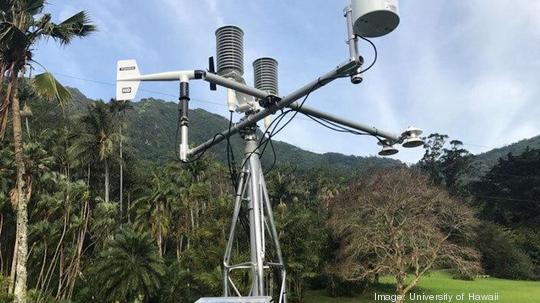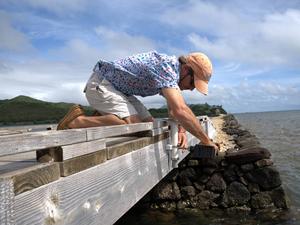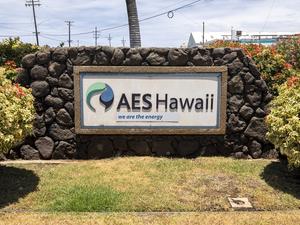
The University of Hawaii has been awarded a $1.33 million grant from the National Science Foundation to deploy a series of climate monitoring stations throughout the Islands over a three-year period.
The 84 stations will form the "Hawaii Mesonet" in a variety of island environments and will measure things like rainfall, air temperature, humidity, wind speed and direction, solar radiation, and soil moisture. The goal will be to provide better weather forecasts for the community.
Each station, powered by solar, will log data in real time and transmit it with a telecom device.
“Well, it’s a game changer for us," said Thomas Giambelluca, UH Geography and Environment Professor and project principal investigator, in a video statement. "[What] we do is look at patterns of climate, how weather and climate change over space, how it’s different from windward to leeward, how it’s different from sea level to high elevations and also how it’s changing through time.”
The public impact research project is expected to help farmers and others dependent on the weather with detailed data on the Islands' complex climate. According to UH, the climate differences found in Hawaii are like a compact version of those found on a continent. UH gave an example of rainfall varying from 20 to 400 inches per year over a range of just 12 miles.
There are three project goals. UH wants to predict the chances a thunderstorm may form through a process called convective initiation; identify water basin storage thresholds to better predict flooding to low-lying areas; and discover the effects on ecosystems from the interaction of temperature, moisture and solar radiation.
Current measuring capabilities like rain gauges are not sufficient and not in the right places to provide a detailed picture, according to UH officials. It will use the new data to form a Hawaii Climate Data Portal where users can retrieve data in real time.
“The great thing for the average resident is that you won’t have to download the data to make plots and look at them," said Alison Nugent, UH atmospheric sciences professor and project co-principal investigator. "We’ll provide daily, weekly, monthly maps of various variables, so of temperature, of humidity, of wind speed, of rainfall.”
UH students will be involved in the station installation and monitoring process and data will be incorporated in classrooms, the university said.








